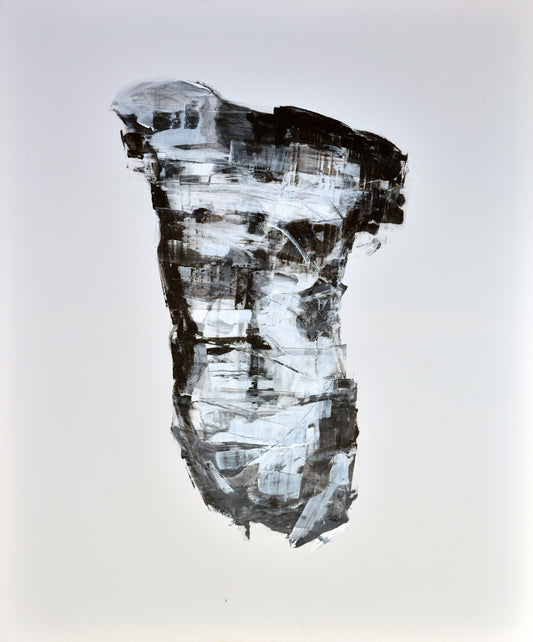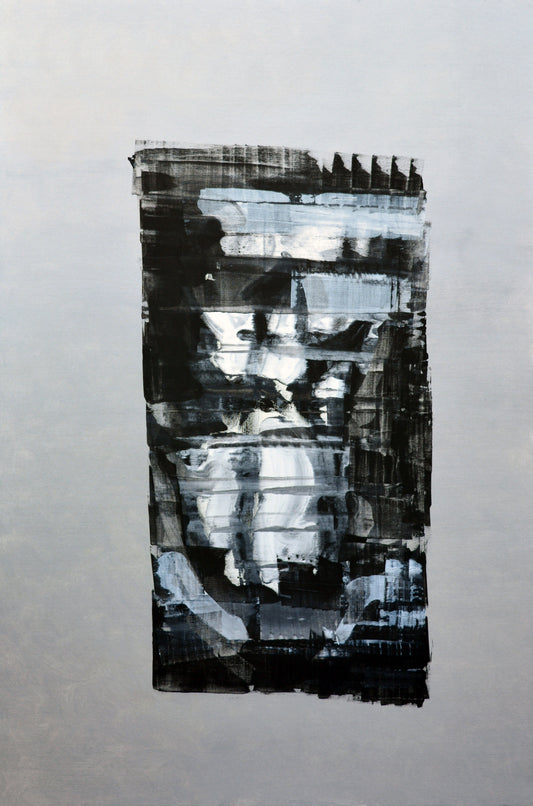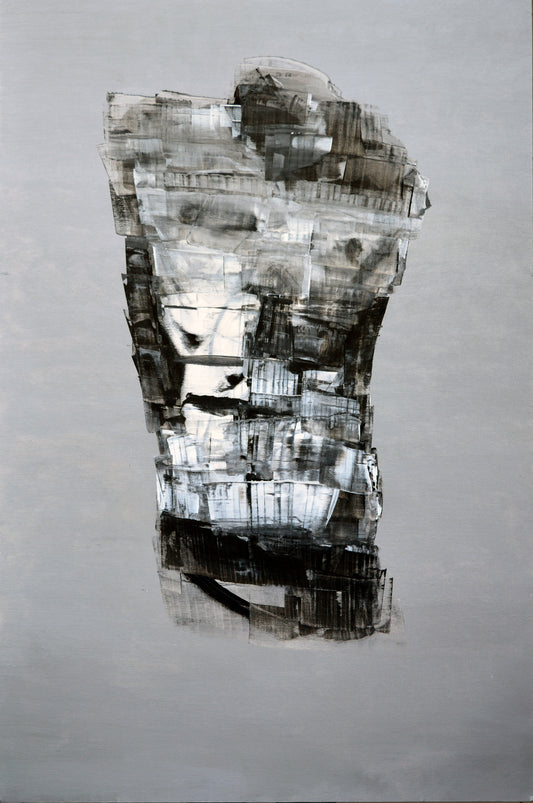
Gustavo Aceves
Date of Birth: 1957 (age 67 years)
Residence: Pietrasanta Italy
Media: Sculptures & Wall Art
His Work
Since the 70s his works have been exhibited around the world, including the Museum of the Palace of Fine Arts of Mexico City, the Venice Biennale and the Beijing Biennale, and are featured in the most important private and permanent collections, including the Memory and Tolerance Museum in Mexico City and the Vatican Museums in Rome. He was one of the youngest artists for sale at Christie's and Sotheby's auctions of new Latin American works in New York in the early 1990s.
“Lapidarium” is one of the Mexican artist's most outstanding and brilliant projects, and although Lapidarium is still in progress, it is presented in different places around the world exhibiting its large sculptures in installations that grow, until reaching its closure in which 100 unique pieces will be presented. Each sculpture represents a fragment of the history of man, creating and offering all of us a space for reflection immersed in silence.
In relation to these works, they are marble and bronze sculptures and the horse is the main theme. Lapidarium, also known as Skeletal Horses, is a public traveling sculpture exhibition by Mexican artist Gustavo Aceves. Additionally, the installation, which addresses immigration, was installed in front of the Brandenburg Gate in Berlin in 2015, to commemorate the 70th anniversary of the end of World War II in Europe. It is made up of 22 bronze and marble horse statues that are broken or cracked. These have a skeletal and unfinished appearance. Also, some pieces include human skulls inside, representing immigrants who died during their journey. The title of the work refers to lapidaries, that is, sites where archaeological finds are exhibited.




